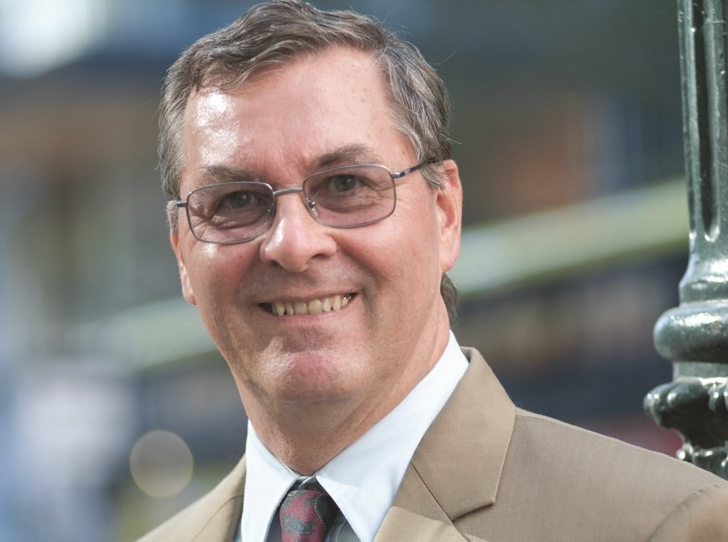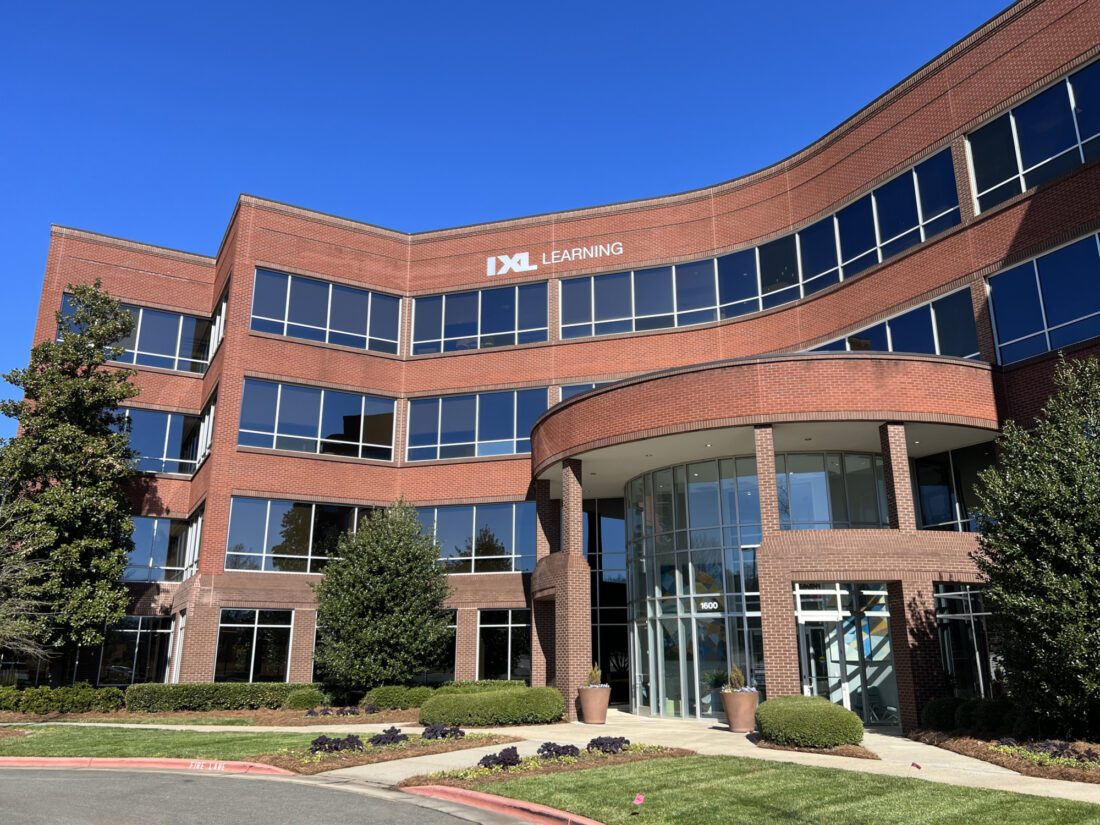Economist’s View: Should We Worry About Inflation?
While the Federal Reserve says rising prices are transitory, a correction may be in store for CRE and the economy.
The Greek tragedian Aeschylus maintained that memory was the mother of all wisdom. Say what you will about the fallibility of human memory, and its interpretation of the past, economists know viscerally that it has enormous power over judgment. It was John Maynard Keynes who noted, “Practical men, who believe themselves to be quite exempt from any intellectual influences, are usually slaves of some defunct economist.”
It was Keynes who, in “The Economic Consequences of the Peace” (1919), wrote of the disastrous implications of the onerous and retributive terms of the Treaty of Versailles—not just for Germany but for Europe as a whole. One such economic trap was the impossibility for Germany to pay reparations, leading to the hyper-inflation in Weimar Germany, which set the stage for the rise of Hitler. Even with a dim understanding of the political/economic dynamics identified by Keynes, inflation hawks have ever since invoked the specter of the German collapse as a reason to fear price instability as the economic equivalent of the Seven Deadly Sins—and with equal theological fervor.
Right now, Keynes is himself part of the “defunct economist” club. But the one commanding attention now amongst inflation hawks is the Austrian Friedrich Hayek, who earned his doctorates (in economics (1921) and in political science (1923) at the University of Vienna, precisely in the worst of the post-World War One hyperinflation. Keynes and Hayek are often reflexively set in opposition in our contemporary, ideologically purist politics. But they were united in the knowledge of the corrosive effects of runaway inflation.
I believe that neither economist would ignore our present spell of rising prices, but that they would have a common voice in putting our current situation into perspective. Both great thinkers would see that today’s inflation is a mere epiphenomenon, not a root economic problem requiring surgical measures.
Normally we think of two fundamental inflationary tendencies: cost-push inflation and demand-pull inflation. In America, our most severe experience of inflation in the past century has been the cost-push inflation of the OPEC era where rising energy prices triggered by the oil embargos of the 1970s rippled through the economy and led to a systemic price-wage spiral. Demand-pull inflation, most famously summarized by Milton Friedman’s aphorism about “too much money chasing too few goods,” has lived on as a catch phrase but has rarely been an accurate description of economic conditions. (The exception was the immediate post-WW II-Korean War period and then the late 1960s mini-inflation, both of which were the result of guns and butter policies where foreign policy exigencies flooded the domestic economy with cash.)
The COVID-era economic disruption has some elements of both tendencies. Cost-push inflation has been aggravated by the now-widely-discussed supply chain kinks, a factor of a globalized economy that has relied far too heavily on just-in-time inventory management theories and dependent upon depressed labor costs in Third World nations. The classic image of this will undoubtedly be the fleet of container ships floating outside of U.S. ports, “as idle as a painted ship upon a painted ocean” in the immortal line of Coleridge’s “The Rime of the Ancient Mariner.”
Demand-pull inflation, meanwhile, is visible in the intervention programs enacted in Spring 2021 to keep incomes on-stream even as employment struggled to rebound in the recurrent surges of the Coronavirus. The support of consumer spending, it must be said, was not a “bug” but a “feature” of the $1.9 trillion American Rescue Plan Act of 2021. And if there is to be criticism of that legislation, it is that much of the money flowed not to the most severely affected households or vulnerable workers but was spread quickly and broadly across the population.
Why would that be a problem? It falls directly over the income-inequality divide that separates Americans as systemically as the Continental Divide in the Rocky Mountains directs our water flow east and west. Economically, the lowest income cohorts have a substantially higher marginal propensity to consume while wealthier households have a greater marginal propensity to save. Thus, while American households do, as a group, have much more money at their disposal than the employment numbers would still suggest (we are down, after 19 months, just about 5 million jobs since the COVID-disruption began), the demand-pull effect has to be just a fraction of the 5.4 percent CPI annualized increase, crediting cost-push inflation with the rest of the price increases.
Where we are finding inflation is in asset prices: both in the stock market and in the housing markets, where the marginal propensity to save has greater impact. The debate about inflation will not go away in 2022, but I fear the inflation hawks will fail to distinguish between directing spending toward consumers and toward investors. While neither Keynes nor Hayek would see this as a moment to panic, it is likely that both would know risk when they see it. Both the housing market and the stock market are now priced in such a way that risk of a correction is inadequately reflected. When that risk is effectuated, there will assuredly be pain.








You must be logged in to post a comment.